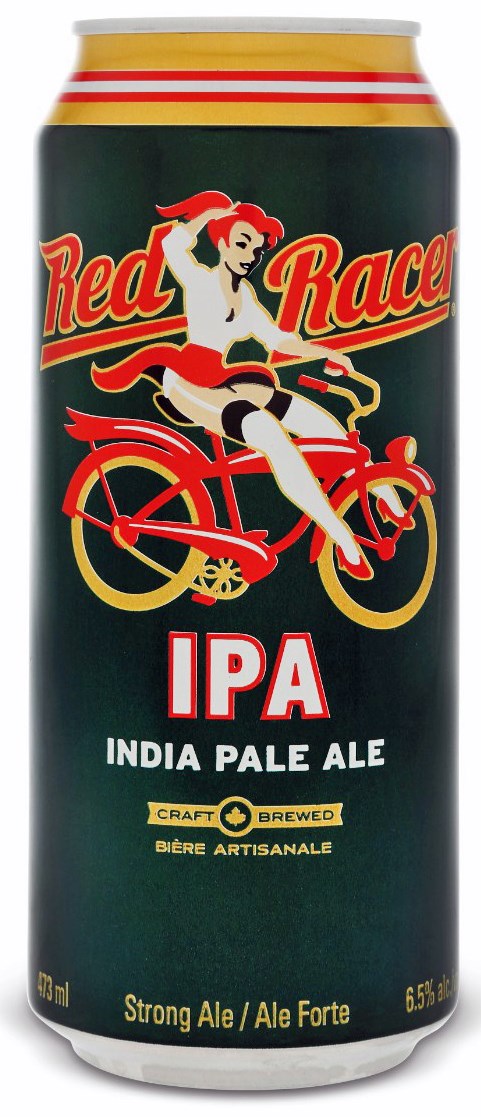For months, the media – myself included – has been writing stories about the liquor industry’s concerns that changes to the BC Liquor Distribution Branch’s wholesale pricing model would result in smaller profit margins for business owners, and higher prices for consumers.
The source of this tension was the fact that the government wouldn’t release the updated markup price on alcohol until April 1, leaving everyone to speculate and the media – again, myself included – to write stories that basically amounted to, “Uh, we have to wait and see.”
Now, April 1 has come and gone. Retailers and manufacturers are adjusting to the new reality. Is it as gloomy as people had predicted? Will we all be paying $21 for a six-pack of Red Racer IPA?
And the answer is, “Uh, we have to wait and see”.
Alas! The markup for craft beer appears to average nine per cent, although higher on some and lower on others, which in the short term appears very favourable. However the changes the Liberals have implemented are so bureaucratically complex that the average person would have just as easy a time understanding quantum field theory in curved space-time.
Basically, these changes are a massive undertaking. There are many moving parts and the effects won’t be understood, or might not be felt, for months. For now, we can be sure, that the shelf price of craft beer will not go up in the LDB stores, although the alcohol tax and GST have been taken off the shelf price and will be added at the till. Consumers are not likely to notice, as most retailers add tax at the till anyway.
But that nine per cent markup is confounding. Ken Beattie, BC Craft Beer Guild executive director – and evidently one of the few human minds capable of fully understanding what the hell is happening here – says this might not be sustainable.
“For most retail models, [the markup] is usually at least 20 per cent,” Beattie says.
“In the short term, it is good that consumers won’t pay more at the LDB... but what we don’t know is what will the price be at the end of the year? Will it be the same? How do you run at a markup of nine per cent when conventional retailing tells you can’t do that?”
The changes are the BC Liberals’ way of creating a “level playing field,” where everyone – including BC Liquor Stores – pay the same for their products. Before April 1, the markup system was exceedingly complex – businesses paid different amounts depending on what business they were in – and this new wholesale pricing is the government’s way of simplifying.
But, again, “simplify” is a relative term. For one, the BCLDB has now created a situation where private liquor stores are now purchasing their products from their competitor, at the same price as their competitor. Also, private liquor stores, who used to get 16 per cent discount on craft beer, will now get no discount. They pay the same wholesale price a government liquor store does. In a private wine store, the discount on wine was 30 per cent. Now it’s zero – they’ll also pay the same wholesale price a government liquor store does. Restaurants and pubs had a 10 per cent discount, but now they’ll pay the LDB wholesale plus whatever retail margin the LDB charges (depending on the product/category) at full retail price now.
This should mean that prices will increase at most private retailers and at pubs/restaurants in order for business owners to maintain current profit margins, which means we’re now in a transitional period and we’ll likely see some fluctuation as prices settle over the next few months.
But Beattie says the Big Question now is how the BC Liquor Stores can maintain current prices with their nine per cent markup, when, according to their annual report, their retail operating costs are much higher than nine per cent. How will they account for that gap when the prices will remain the same?
One possible answer is longer store hours. When the government announced all these changes in November, they also announced that some BCL stories would extend their hours later in the day, and to include Sundays and holidays. This could help offset the gap, but of course, more hours require higher staffing costs.
It’s baffling, because the government has mandated the Liquor Board to remain revenue neutral or grow – they can’t lose money. Is it possible they know something we don’t know? Will they offset the with profits from LNG? Or from the Site C dam? Have they reached a higher plane of retail consciousness, formulating progressive new models that we peons simply cannot grasp yet?
Or are they just going to raise prices?
“Uh, we have to wait and see.”



